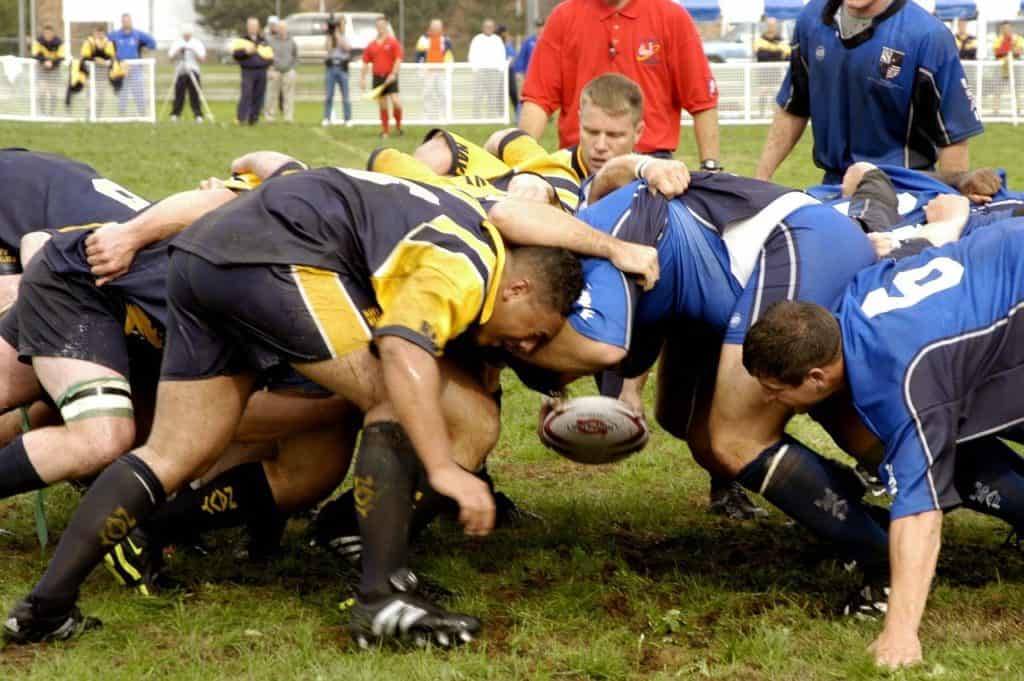
England’s Rugby Pyramid Structure to Reform as Required Player Numbers Takes Toll on Clubs
England Rugby’s governing body, the RFU Council, has agreed changes to the structure of the men’s competitive pyramid at levels three and below.
The review findings, which took 18 months to collate, showed that there has been an increase in required numbers to fulfil a regular season at this level, approximately up 20 players per team on 20 years ago from 25 players to an average of 43 players.
The report cites changes to player behaviour for the increase in players required, with many playing less games. As a result of this, many non-first XV’s have played less, and when they have, they’ve often faced walkover results. A issue that Fill Your Boots has been trying to be a solution for over the past 6 years.
The new competition structure will follow for pillars in the future, and will come into effect from the 2022/23 season:
- Minimising travel
- Supporting club sustainability
- Ensuring player experiences of as high level
- putting welfare and needs to the forefront of decision
“We recognise that there is no golden solution that will suit everyone’s needs. In making these changes we have prioritised players interests and designed a structure with a purpose of preventing the loss of players from the whole of the game,” said Stephen Pearson said. “We now move to a detailed implementation phase to focus on the specific local challenges drawing on local knowledge and experience.”
In formulating the changes, the working group used data analysis and had detailed discussions with all levels of the game and have provided a season’s worth of time to prepare for the 2022 implementation date.
“The review was commissioned by the CGB (Community Game Board) because we recognised the need to evolve the competition structure to ensure the adult male game at community level is relevant, popular and thriving in 15 years’ time, said David Roberts, the CGB chair. “Players today have more demands on their time than they did 20 years ago.
“Feedback has revealed that players’ motivations are sometimes at odds with the amount and type of rugby currently on offer. Through these new measures we aim to provide a competition structure that complements players’ lifestyles rather than challenges them.
“Clearly change generates disruption and sometimes resistance, but the broad objectives and the vision of the structure have been welcomed across the game and we now have some time to prepare for the adjustments.”
More information will be provided closer to the implementation date and the working group will hold discussions with clubs to ensure there is clarity.



